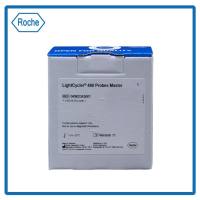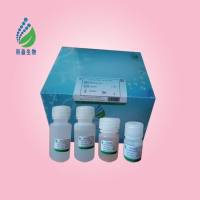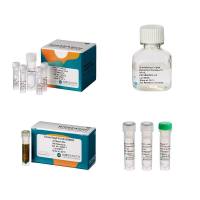Many fluorescent probes depend on the fluorescence resonance energy transfer (FRET) between fluorescent protein pairs. The efficiency of energy transfer becomes altered by conformational changes of a fused sensory protein in response to a cellular event. A structure-based approach can be taken to design probes better with improved dynamic ranges by computationally modeling conformational changes and predicting FRET efficiency changes of candidate biosensor constructs. FRET biosensors consist of at least three domains fused together: the donor protein, the sensory domain, and the acceptor protein. To more efficiently subclone fusion proteins containing multiple domains, a cassette-based system can be used. Generating a cassette library of commonly used domains facilitates the rapid subcloning of future fusion biosensor proteins. FRET biosensors can then be used with fluorescence microscopy for real-time monitoring of cellular events within live cells by tracking changes in FRET efficiency. Stimulants can be used to trigger a range of cellular events including Ca2+ signaling, apoptosis, and subcellular translocations.






